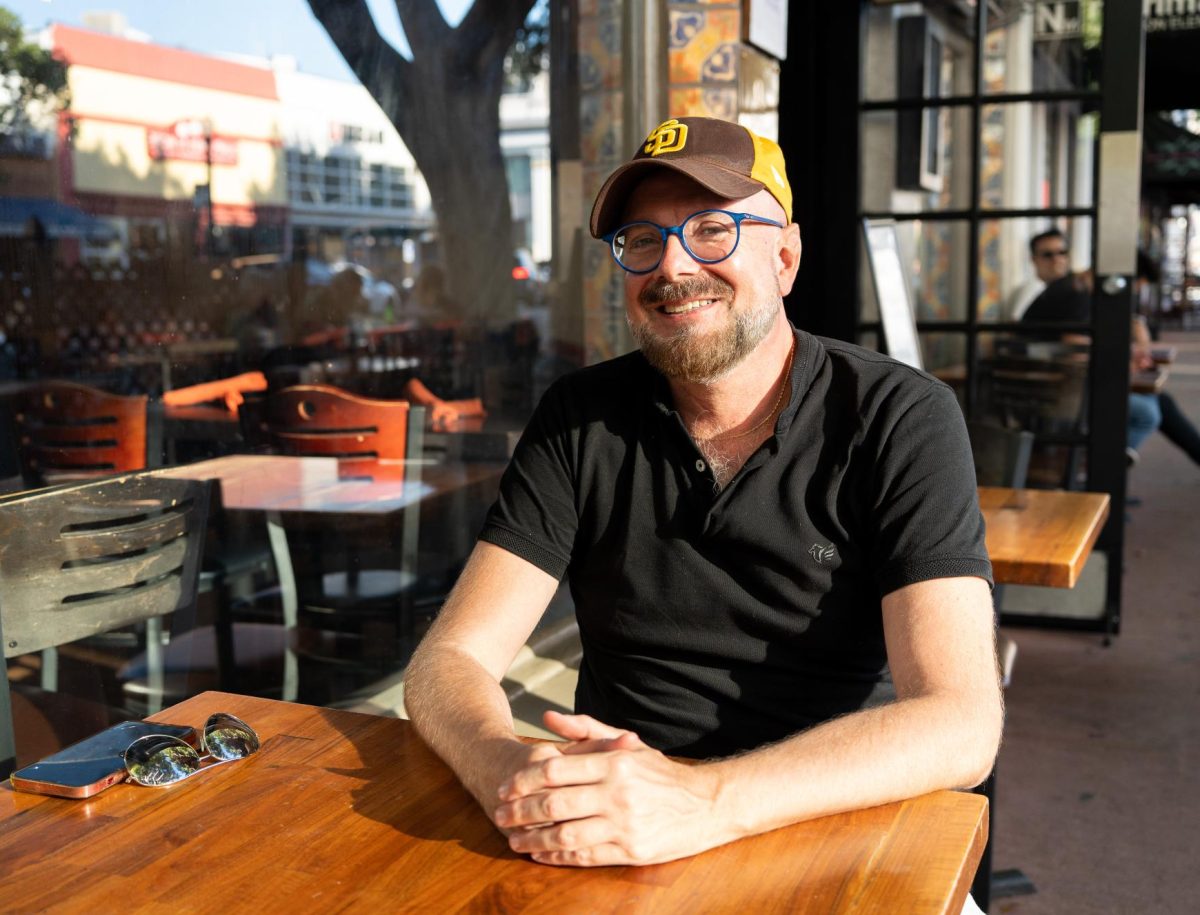Surgeons from
were recently the first in the nation to remove a diseased appendix via a
patient’s mouth and a patient’s vagina, minimizing scars and pain.
In the procedure, Natural Orifice Translumenal Endoscopic
Surgery, instruments required to remove diseased organs like the appendix and
gall bladder are passed through a natural orifice, such as the mouth or the
vagina. Only a small, two-millimeter incision is required to insert a camera
into the abdominal cavity.
Since this type of procedure does not require a large
external incision through the abdomen, patients will suffer less postoperative
pain and recover faster.
A team of surgeons from the
including Director Santiago Horgan and Mark A. Talamini, the chair of the
department of surgery at the medical center — has been performing the technique
on a trial basis. UCSD’s Institutional Review Board, which is in charge of
clinical research, has approved this procedure for a limited number of patients
through what Talamini calls a “rigorous” process.
“Imagine a day when surgery requires no incisions or just
one tiny incision that is only millimeters in length,” Talamini said in a
statement. “Scarless, painless techniques are what the
setting the stage for right this minute. Patients deserve it.”
Horgan, who has performed 14 of these minimally invasive
surgeries, is also the president of the Minimally Invasive Robotics Association
and advocates a close partnership with biotechnology companies to develop the
instruments needed for these advanced procedures.
Patients are carefully selected for the procedure so
surgeons can get the best possible results.
“We have a carefully crafted approved protocol that
delineates who is a candidate, and who isn’t,” Talamini wrote in an e-mail.
“Based upon those criteria, we approach patients in our clinics and in the
emergency department with this new approach as an option. An important aspect
to this early work is that we can easily and quickly move to the traditional
approach during the operation if necessary.”
In the most recent surgery, surgeons removed a diseased
appendix from Diana Schlamadinger, a third-year doctoral candidate in chemistry
at UCSD, using the N.O.T.E.S. procedure through her vagina. This was an
emergency procedure, so Schlamadinger had only two hours before surgery to
decide whether she should use the N.O.T.E.S. procedure.
“The surgery appealed to me because the work I do every day
relates to science research and discovery,” Schlamadinger said. “I understand the
need for these trials to provide patients new information and new procedures.”
According to Schlamadinger, the risks of this trial
procedure are about the same as the traditional method of appendix removal. For
both, the greatest risk is postoperation infections, which have not troubled
Schlamadinger.
Overall, Schlamadinger is satisfied with the results. She
reported her pain as a “one-half to one” on the pain scale, which ranges from
zero to 10.
“I had never had a
surgery before, so I wasn’t sure what kind of pain to expect,” Schlamadinger
said. “My doctors tell me my recovery has been very fast, however.”
She said her stomach
pain abated after four days and she stopped taking painkillers within two days
of returning from the hospital. Within six days, Schlamadinger returned to
work.
“I am indeed happy that I had the minimally invasive
technique because of the speed of the recovery and because of the chance to
make a difference in medical science,” she said. “Lastly, I am happy to have no
scars on my stomach, just a tiny incision they made in my belly button for a
two-millimeter camera.”
Talamini is confident that the method will become
increasingly precise.
“In the future, the tools that are being developed for this
will also be useful for removing pieces of tissue from inside organs, rather
than removing whole large segments of organs,” he said in an e-mail.
a first-of-its-kind appendectomy via the mouth. The patient, Jeff Scholz,
reported a “two” on the pain scale the day after surgery.







